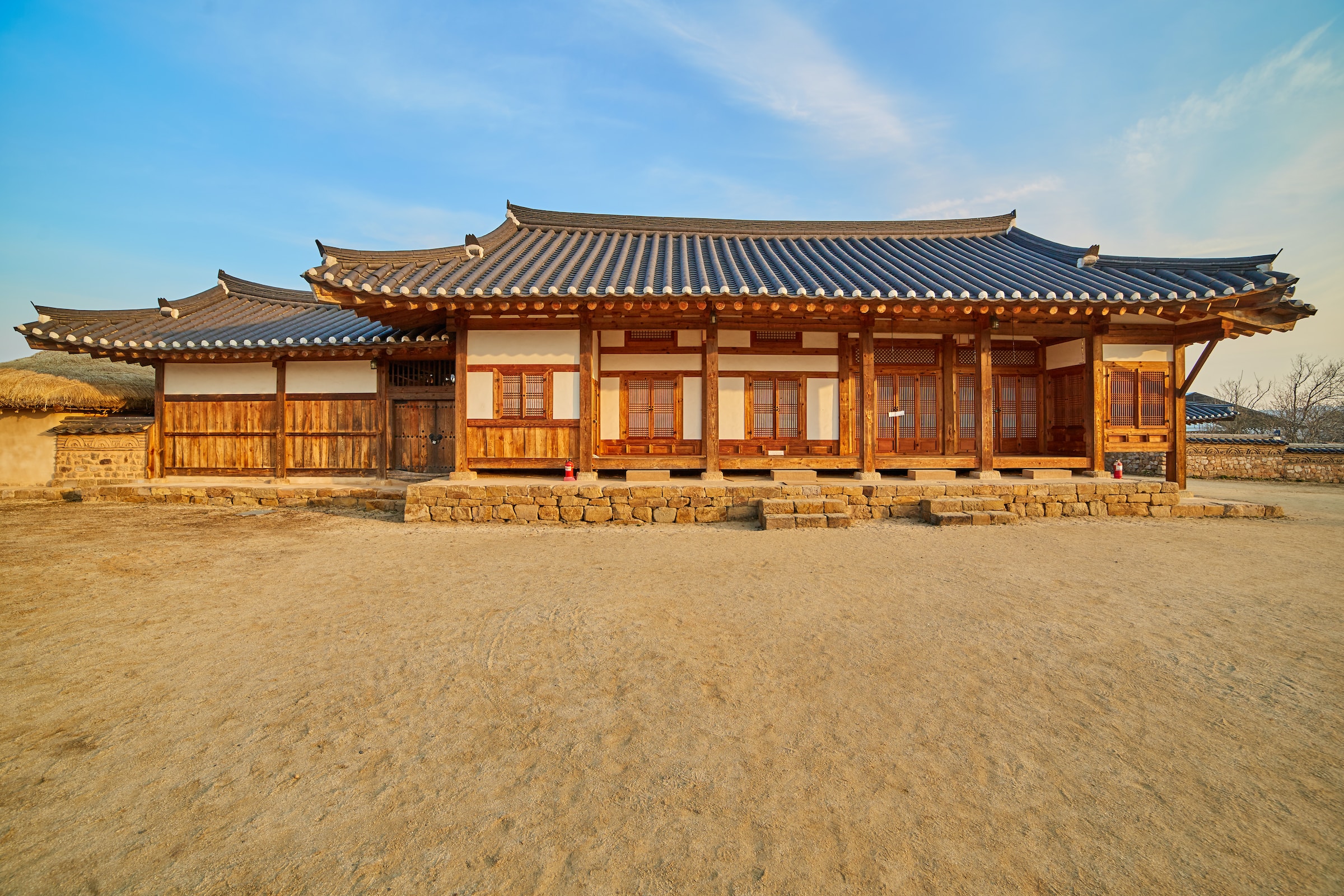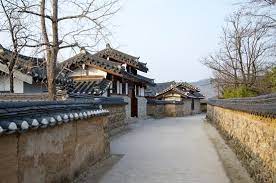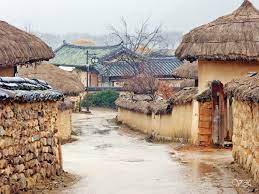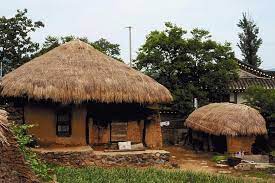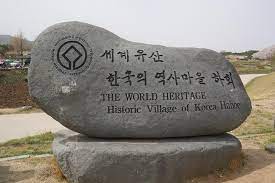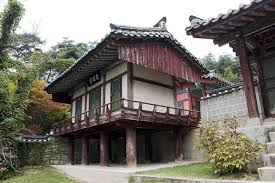Andong Hahoe Folk Village offers a remarkable opportunity to travel back in time and experience<a href="https://www.tourhawker.com/"> traditional Korean culture and rural life</a>. Located in Andong, Gyeongsangbuk-do, South Korea, this well-preserved village provides a glimpse into the past, allowing visitors to immerse themselves in the customs, architecture, and lifestyle of ancient Korea. Here's more about Andong Hahoe Folk Village: Historical Significance: Hahoe Folk Village is a UNESCO World Heritage site that has retained its traditional layout and architecture for centuries. It's a living museum that offers insight into Korea's agricultural history, Confucian traditions, and daily life from the Joseon Dynasty era. Traditional Hanok Houses: The village is home to well-preserved hanok houses, which are traditional Korean homes characterized by their wooden construction, thatched roofs, and courtyard layouts. These houses are reflective of the architectural style of the Joseon Dynasty. Confucian Influence: The village's layout is based on Confucian principles, with houses oriented around the Ryu clan's ancestral house. This layout emphasizes the importance of family and community, which were core values in Confucian philosophy. Hahoe Mask Dance Drama: The village is known for the Hahoe Mask Dance Drama, a traditional performance that features masked dancers portraying various characters, including noblemen, scholars, and clowns. This performance is a unique cultural element that has been passed down for generations. Time Capsule Experience: When visiting Hahoe Folk Village, it feels as if time has stood still. The village's atmosphere, the architecture of its houses, and the activities of its inhabitants offer a sense of stepping back in time to experience the past. Cultural Immersion: Visitors to the village can participate in various cultural experiences, such as trying on traditional hanbok clothing, making traditional crafts, and even spending the night in a traditional hanok guesthouse. Riverside Setting: The village is situated along the Nakdong River, providing a picturesque backdrop to the traditional houses and enhancing the overall charm of the area. Walking Paths and Scenic Beauty: Hahoe Folk Village is surrounded by natural beauty, including forests and the river. The village's walking paths offer opportunities to explore the surroundings and enjoy peaceful strolls. Preservation Efforts: The village's commitment to preservation has allowed it to maintain its authenticity over the years. Efforts have been made to protect the traditional architecture and way of life while still welcoming visitors. Cultural Heritage Center: The Hahoe Folk Village also has a cultural heritage center where visitors can learn more about the history, customs, and cultural significance of the village. Andong Hahoe Folk Village is a window into Korea's past, offering a chance to understand the heritage, traditions, and values that shaped the country's history. Its authenticity, cultural experiences, and immersive environment make it a must-visit destination for those seeking a unique journey into traditional Korean life.
